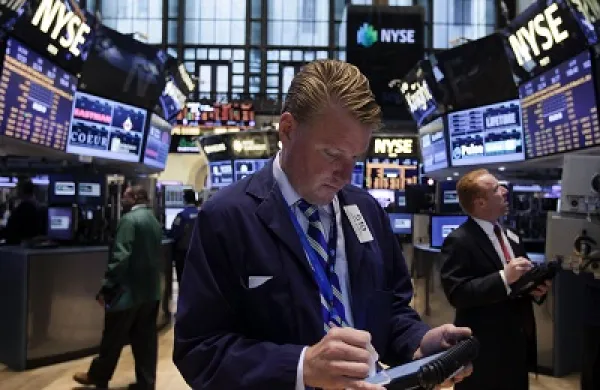Growth underperformed value by 16 percent from January to April. But according to GMO’s Ben Inker, growth stocks aren’t out of the woods yet.
In a report that came out Tuesday, the GMO partner warned investors of “growth traps,” a subset of the growth universe that contains stocks that have “both disappointed on revenues in the last 12 months and [seen their] future revenue forecast[s] decline as well.” Growth traps, he said, are even more dangerous than value traps, because growth stocks face falling valuations in a downturn cycle.
“[Growth companies] are exactly the companies that the market has awarded higher-than-average multiples because of outsized expectations of their growth prospects,” he wrote. “When those prospects deteriorate, valuations almost invariably fall significantly, [and] often precipitously.”
Inker added that he expected growth traps to “continue being more painful than normal” for two reasons. First, it’s easier for growth stocks to fall into the “trap” territory. According to Inker, about 30 percent of value stocks and 37 percent of growth stocks are in traps. In addition, growth traps underperform the market more than value traps do, with the former lagging the benchmark by an average of 13 percent and the latter lagging by 9 percent.
There is also a cyclical element that is likely to drive growth stocks down further. According to Inker, both growth and value traps were at their lowest level in June 2021. With the equity market plunging and fears for recession running high, trap percentages rose as well. “Judging from history, I wouldn’t want to make the bet they are coming back down any time soon,” he wrote. And even though the long-term growth forecast for median growth stocks has come down drastically from 2021, it’s still as high as it was at the peak of the internet bubble, he added. In an inflationary environment, value stocks also appear to be a better refuge for investors.
The fact that growth stocks are trading at high multiples doesn’t help, either. According to Inker, growth stocks are “2.3 standard deviations more expensive than normal relative to value.” Such a high level of premium, he said, means that growth stocks face more risks of declining valuations once they lose their growth status.
“What should be [noted by] all investors,” Inker concluded, “is that conditions today suggest that it is likely there will be more growth traps in the next year than there were in the last one, and there is good reason to believe their underperformance will remain worse than usual until a full unwinding of the growth bubble occurs.”







